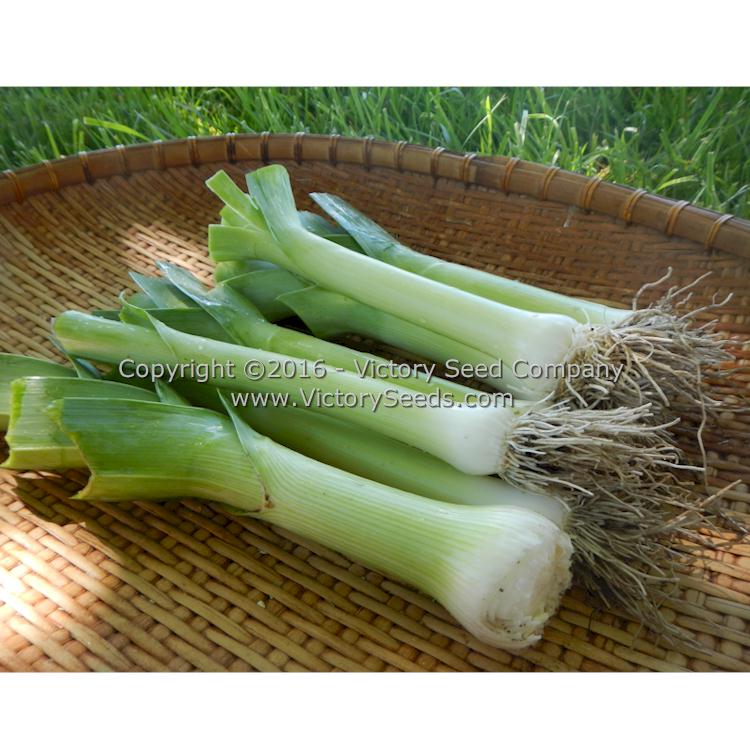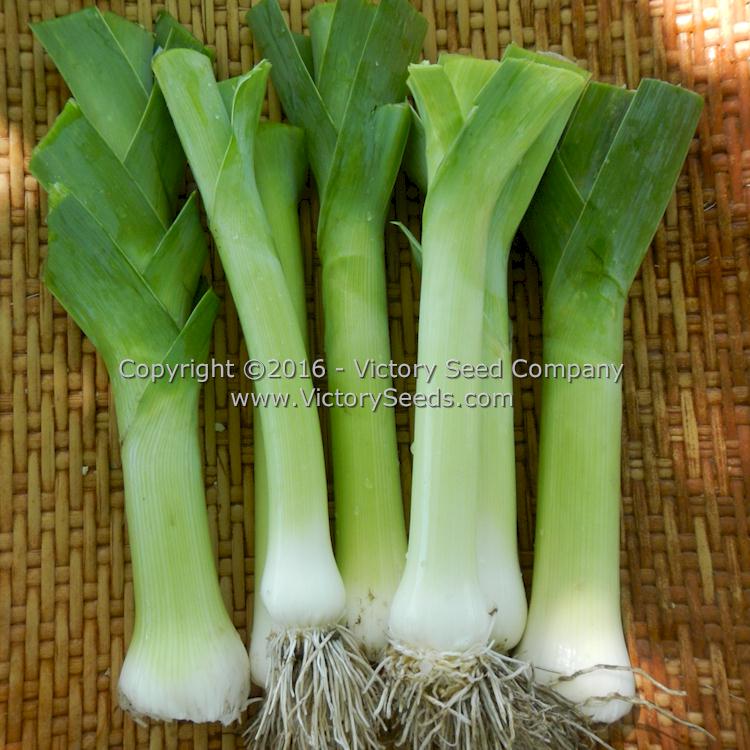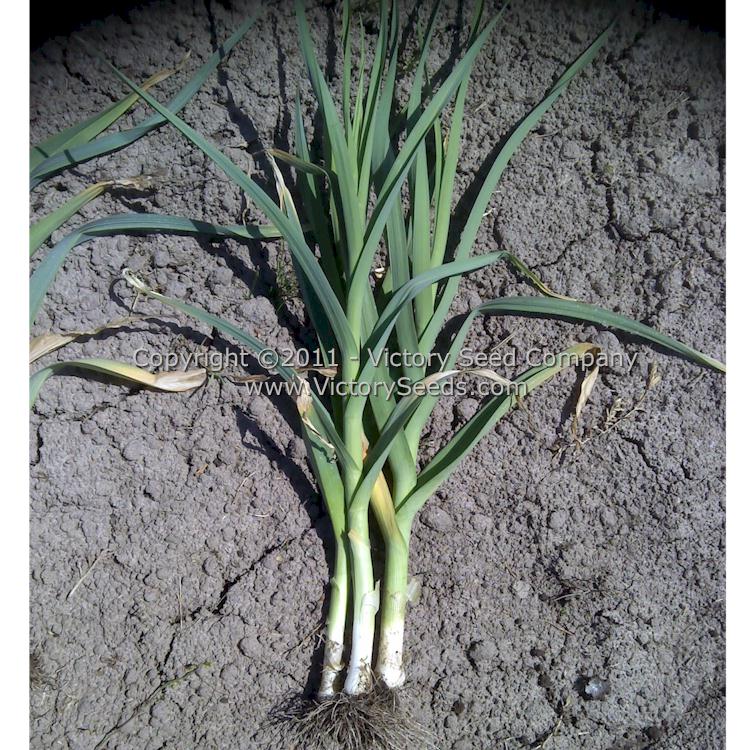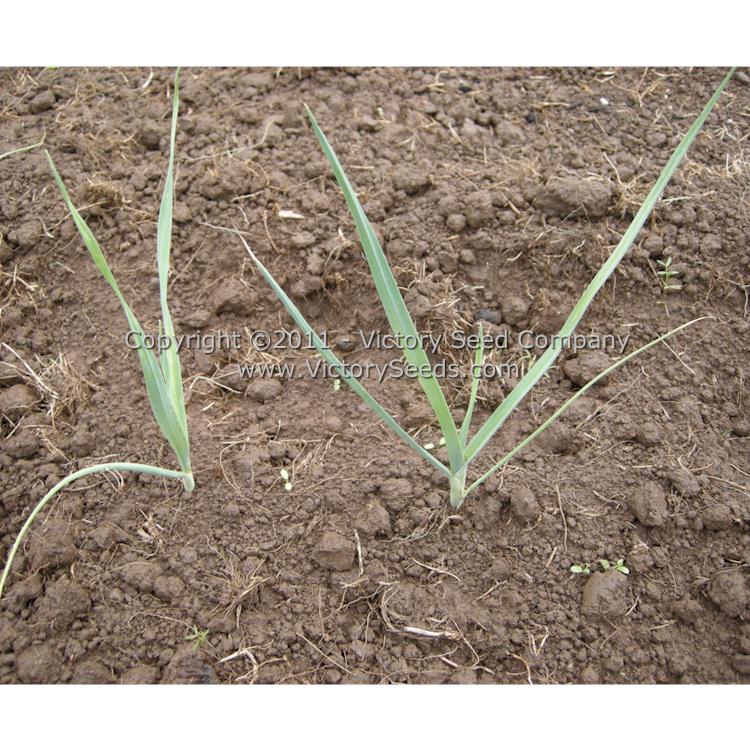Musselburgh Leek
Musselburgh Leek
Regular price
$2.75 USD
Regular price
Sale price
$2.75 USD
Unit price
per
Shipping calculated at checkout.
Couldn't load pickup availability
150 days — Also known as 'Giant Musselburgh' and 'Scotch Flag',[2,3] the mild flavored stalks are very large and long with fan-shaped leaves that are dark green in color. Their blanched white bases are short and tender. Ideally sown in spring as early as the ground can be worked, they are then ready to use beginning in September but are very hardy and over-winter well allowing harvests as needed into the following May.
Leeks have been grown in Scotland since the Middle Ages and the 'Musselburgh' leek was introduced in 1834.[1] The Scots have a traditional dish called "Cock-A-Leekie Soup" and because of the 'Musselburgh' leek's higher green to white ratio than other varieties, they were a prized ingredient imparting a good color and sweet flavor to the broth.
The earliest catalog in our collection to offer seed was in Curtis & Cobb's 1869 seed catalog and by the mid-1870s, most of the larger American seed houses, for example, Henderson's, were offering the variety. Their descriptions were typically one simple line stating, "Grows to a very large size, of excellent quality." Each packet contains one gram, which is approximately 150 to 200 seeds.
Leeks have been grown in Scotland since the Middle Ages and the 'Musselburgh' leek was introduced in 1834.[1] The Scots have a traditional dish called "Cock-A-Leekie Soup" and because of the 'Musselburgh' leek's higher green to white ratio than other varieties, they were a prized ingredient imparting a good color and sweet flavor to the broth.
The earliest catalog in our collection to offer seed was in Curtis & Cobb's 1869 seed catalog and by the mid-1870s, most of the larger American seed houses, for example, Henderson's, were offering the variety. Their descriptions were typically one simple line stating, "Grows to a very large size, of excellent quality." Each packet contains one gram, which is approximately 150 to 200 seeds.
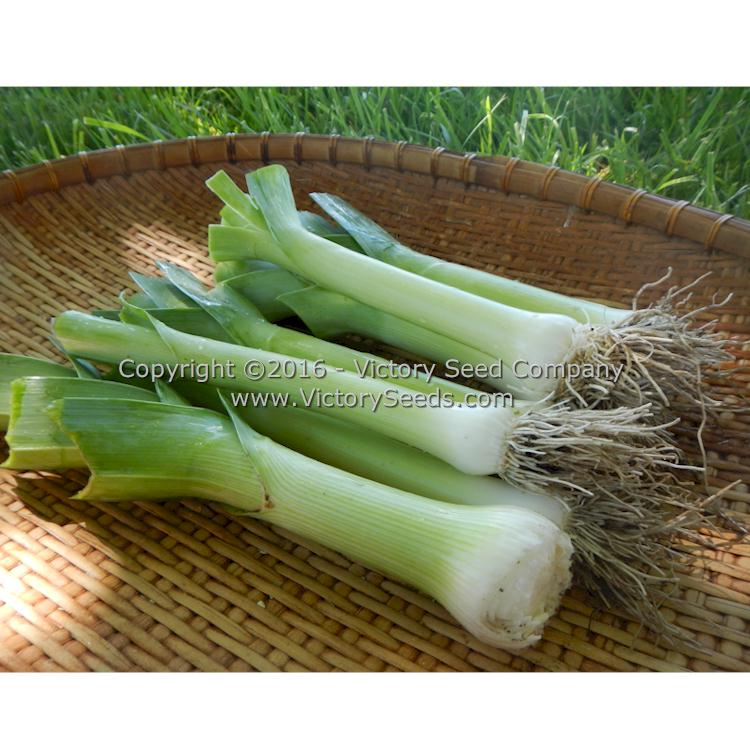
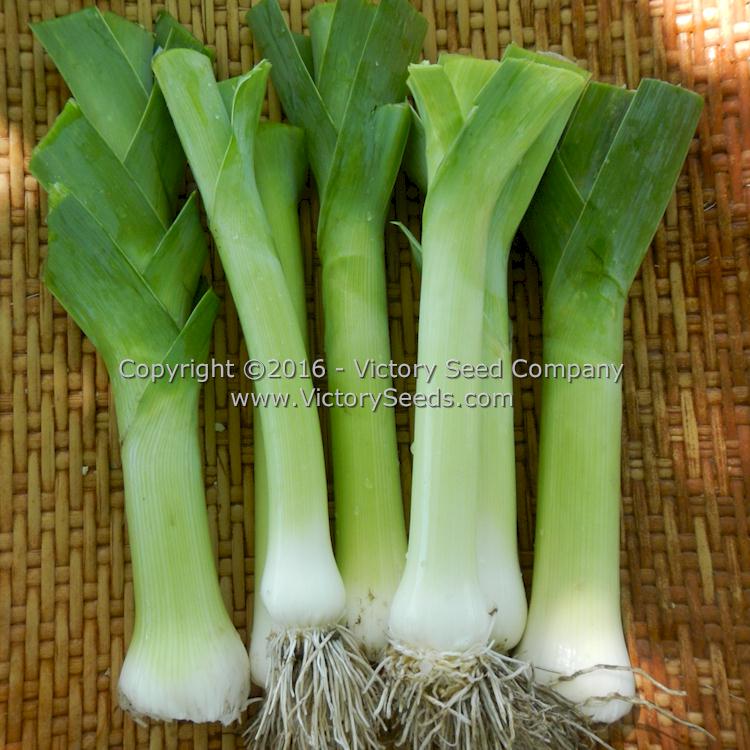
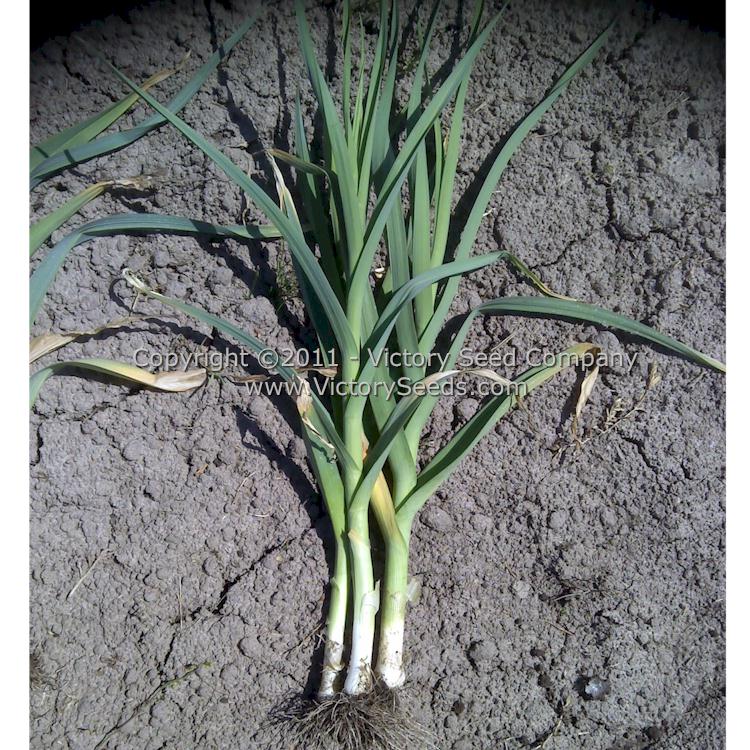
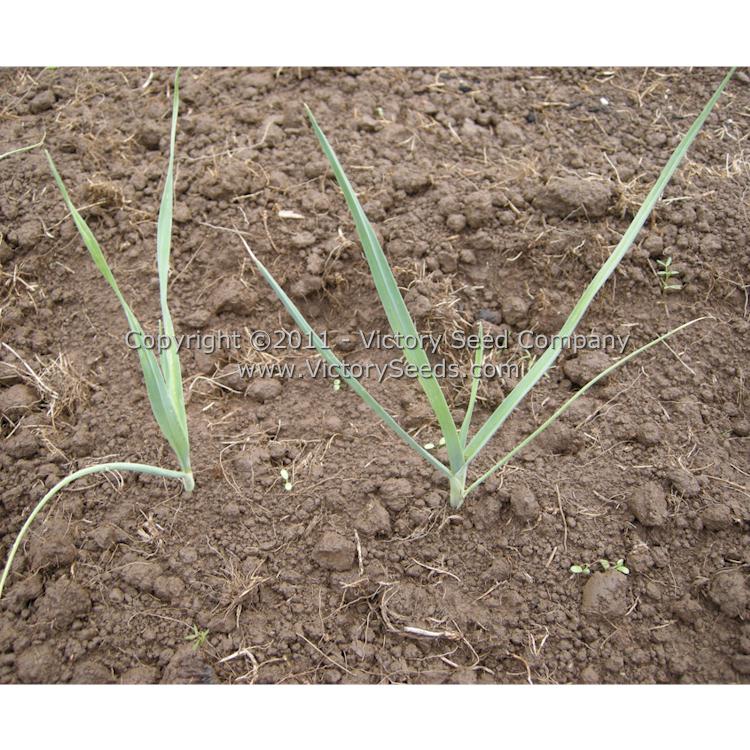
Planting Instructions: If you have a short growing season, plant indoors and transplant after the danger of frost has passed.
Outdoors, sow directly into rich, well-drained soil, ½ to ¾ inches deep, one to two inches apart in rows 18 inches apart. As the plants mature, thin to four inches apart.
They will benefit from deep fertilization with an organic fertilizer.
You can harvest your leeks anytime they are over one inch in diameter. Leeks are naturally resistant to disease and pests.
Informational References:
- Ark of Taste entry
- "The Vegetable Garden: Illustrations, Descriptions and Culture of the Garden ... ," by M. M. Vilmorin-Andrieux, 1905
- "Field and Garden Vegetables of America," Fearing Burr, 1863.
Explore our vegetable collections:
[ Artichokes | Asparagus | Beans | Beets | Broccoli | Sorghums | Brussels Sprouts | Cabbage | Cantaloupe | Carrots | Cauliflower | Celery | Collard Greens | Corn | Cucumber | Eggplant | Endives | Gourds | Kale | Kohlrabi | Leeks | Lettuce | Mesclun Mix | Mustard Greens | Okra | Onions | Parsley | Edible Pod Peas | Garden Peas | South Peas | Hot Peppers | Mild Peppers | Pumpkins | Radishes | Rapini | Rhubarb | Salad Greens | Salsify | Summer Squash | Winter Squash | Swiss Chard | Tomatillo | Tomatoes | Dwarf Tomato Project | Turnips | Watermelons ]

